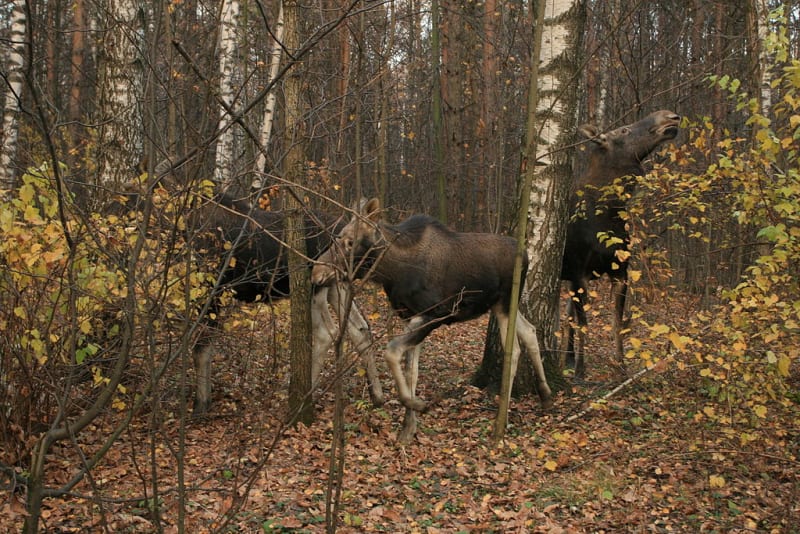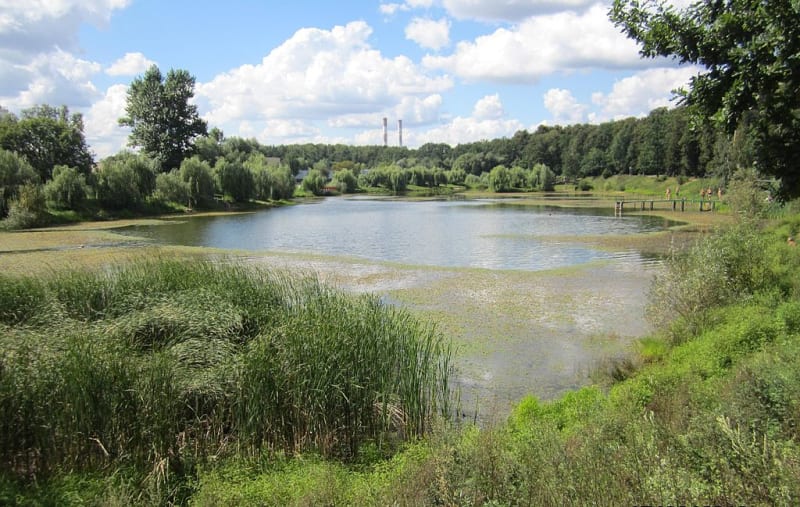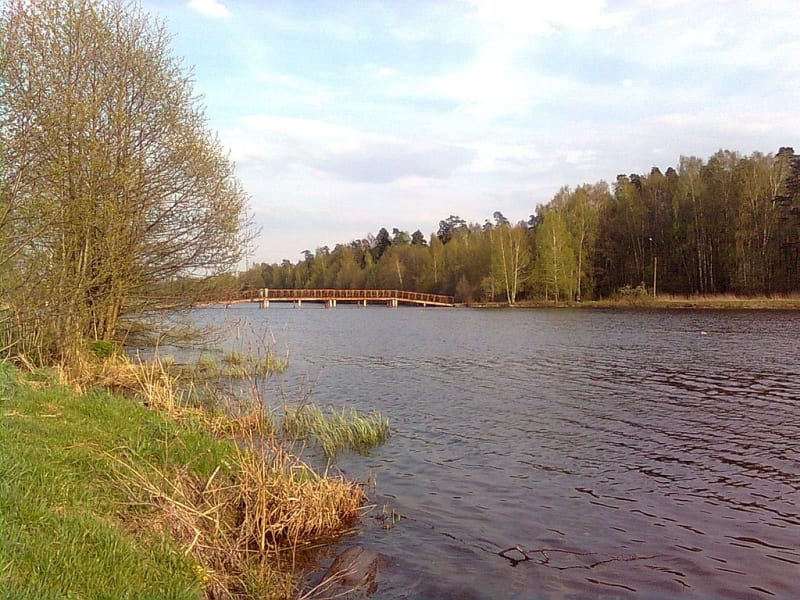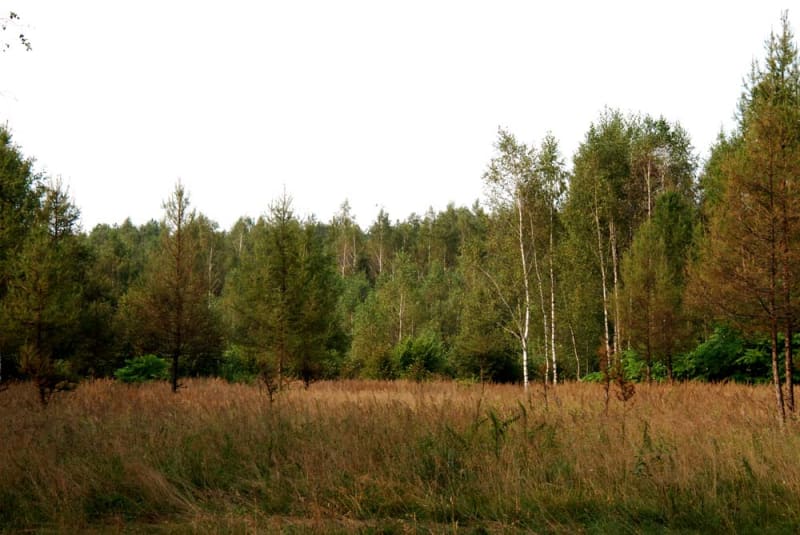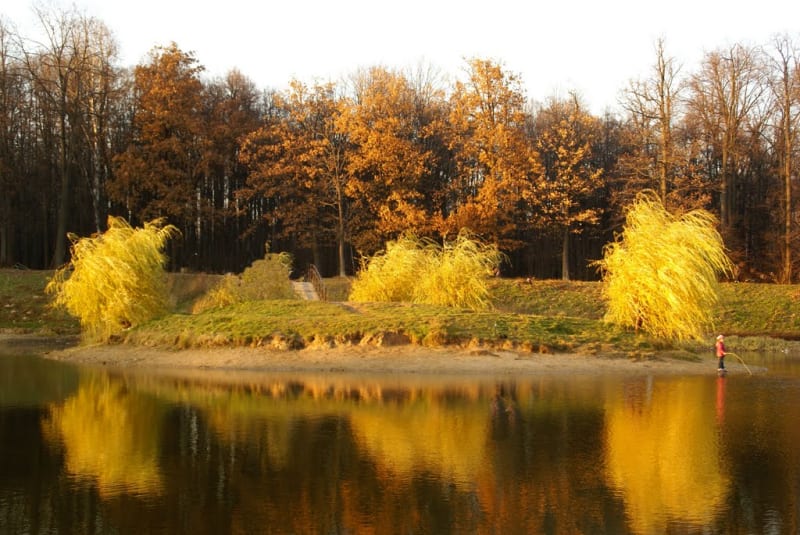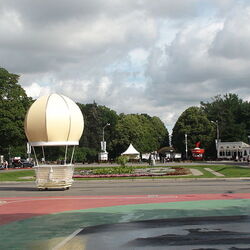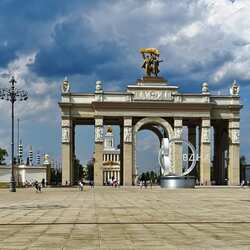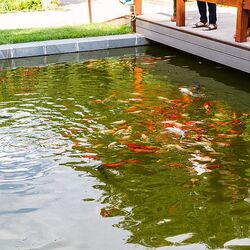Losiny Ostrov National Park
Losiny Ostrov is a national park of Russia, it is also one of the most original parks in Russia. The first mention of it dates back to 1406. The park covers an area of 116 km2, being the largest forest area near Moscow. The terrain in Losiny Ostrov is hilly with elevation differences from 146 meters to 175.
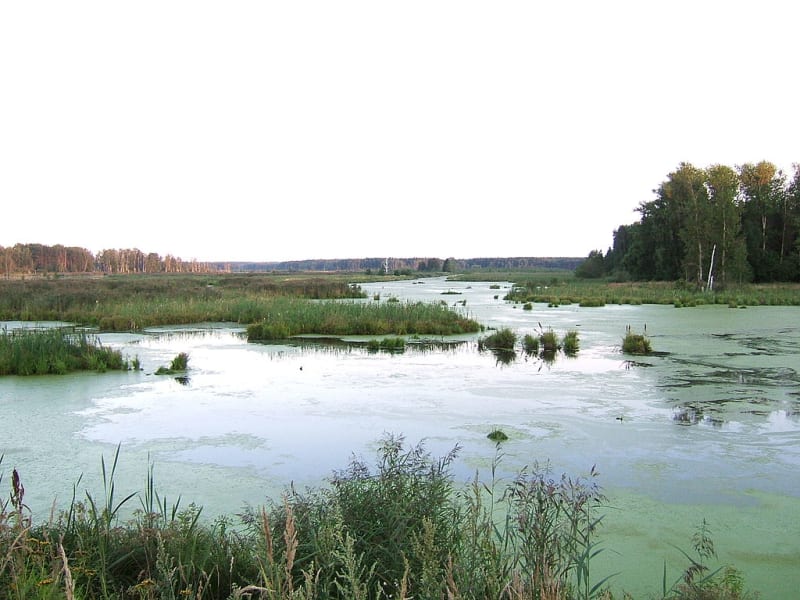
There are 2 rivers in the park: the Pechorka and the Yauza. The course of the latter changed significantly during the extraction of peat deposits in the 1950s and 1970s. There are several ponds in the park: Alekseevsky, Golyanovsky, Kazenny and others. Swamps make up a fairly significant part of the park. The Verkhne-Yauzsky wetland complex with an area of about 10 km2 is of particular importance. In general, the area is quite picturesque.
Since ancient times, the lands of Moose Island have been favored by kings and princes for hunting. After the transfer of the lands in 1779 to the Treasury department, the first topographic survey of the lands was carried out. It was decided to divide the forest area into blocks. The first forestry department appeared only in 1842. Since 1844, artificial forest plantations, mainly pine trees, have been planted. In 1909, the first idea was put forward to establish a national park. The forests of Losiny Ostrov rendered invaluable service during the Great Patriotic War.
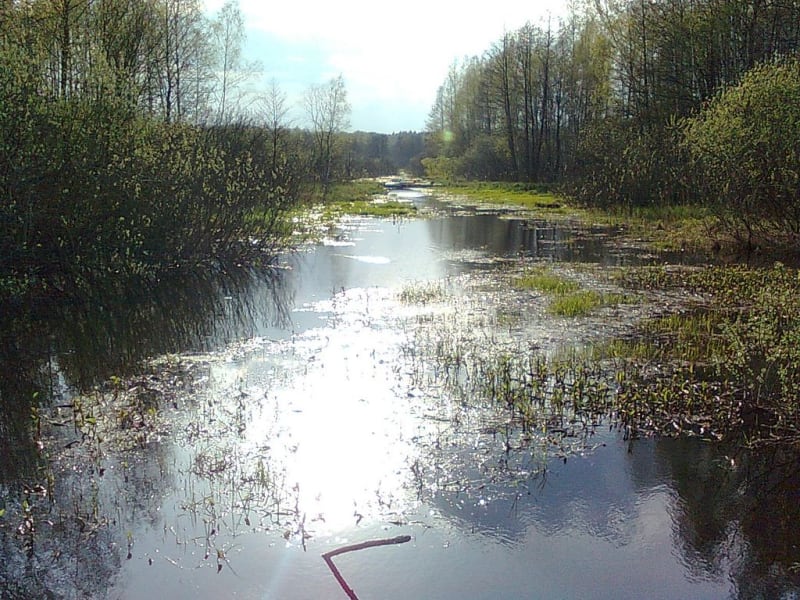
The flora and fauna of the park is quite diverse, with more than 5,000 plant species growing in the forests. Trees occupy more than 80% of the park, mainly birch (46%), pine (22%), spruce(13%), linden (13%). In the forests you can find such rare plant species as: lily of the valley, European bathhouse, green-flowered lubka, real nesting and. Losiny Ostrov has more than 230 species of animals, including more than 160 species of birds. According to the staff of the National Park maintenance and improvement service, at the beginning of 2013, 70 moose, 300 spotted deer, 200 wild boars, and 300 hares lived on the territory of Losiny Ostrov. Losiny Ostrov Park also has the estate of the Losinoostrovsky Forestry, which houses the park's visitor center and an ecological and educational museum. Archaeologists have discovered the oldest burial mounds of Vyatichi in the park. The finds confirmed the assumption of historians and archaeologists that the Slavs of Vyatichi lived in the park in the 11th - 13th centuries, then merged with other East Slavic peoples into the great Russian nation. There are hiking trails near the ecocenter. You can use the services of a guide, or walk on your own. While hiking along the trail, you can learn about the life of our ancestors, the Slavs of Vyatich.
In the center you can relax after excursions, drink tea, watch a film about nature reserves, listen to lectures about ecology. There are various seasonal entertainment programs for children. Horse riding trails are also available in the park.
